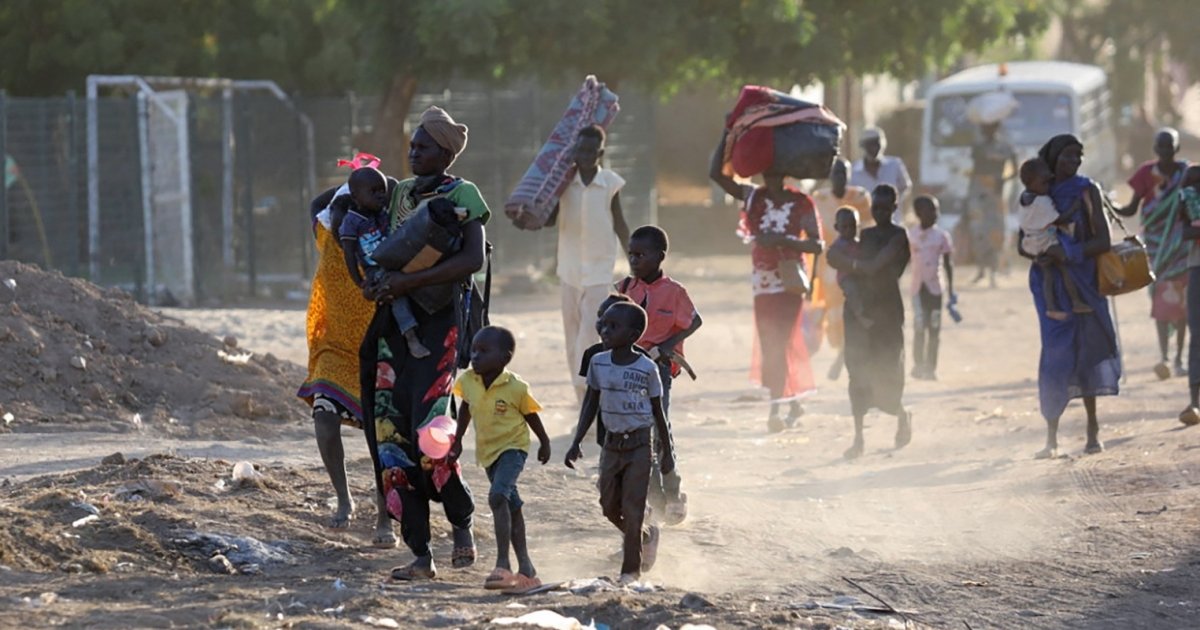Pakistan, along with Nigeria, India, and the Democratic Republic of the Congo (DRC), accounted for nearly half of the estimated 260,000 maternal deaths worldwide in 2023, according to a United Nations report released on Monday. The report has triggered serious concerns over the consequences of aid cuts by countries like the United States and the United Kingdom.
Maternal deaths, which refer to fatalities caused by complications during pregnancy or childbirth, were the focus of the Trends in Maternal Mortality report. The study was published by three UN agencies—UNICEF, the World Health Organization (WHO), and the United Nations Population Fund (UNFPA)—in recognition of World Health Day on April 7.
According to the findings, Nigeria reported the highest number of maternal deaths in 2023, with approximately 75,000—representing 28.7% of the global total. India and the DRC each recorded about 19,000 maternal deaths (7.2% each), while Pakistan reported 11,000 (4.1%). Combined, these four countries accounted for 47% of all maternal deaths globally.
The UN report expressed alarm that recent aid cuts are endangering decades of progress in maternal health, calling for urgent investment in midwives and healthcare professionals. While maternal mortality declined by 40% between 2000 and 2023, much of this progress is now under threat due to funding shortages that are forcing countries to reduce critical services for mothers, newborns, and children.
“This report gives us hope but also shows how dangerous pregnancy still is in many parts of the world,” said WHO Director-General Dr. Tedros Adhanom Ghebreyesus. “We know how to prevent the majority of these deaths. It’s essential not only to ensure quality maternity care but also to strengthen women’s health and reproductive rights.”
The report also marked the first comprehensive look at how the COVID-19 pandemic affected maternal survival. Maternal deaths rose significantly during the pandemic—by 40,000 in 2021, reaching 282,000 in 2022, and climbing to 322,000 in 2023. The increase was attributed to both direct complications from COVID-19 and severe disruptions in maternal care services during the health crisis.
UNICEF Executive Director Catherine Russell warned of the devastating impact of these deaths, noting, “When a mother dies during pregnancy or childbirth, her baby’s life is also at risk. We must invest in midwives, nurses, and community health workers, especially in fragile settings, to ensure both mothers and babies survive and thrive.”
Despite progress, stark regional disparities remain. Sub-Saharan Africa, which made significant improvements, still bore 70% of the global maternal death burden in 2023 due to widespread poverty and ongoing conflict. It was one of just three UN regions—along with Australia and New Zealand, and Central and Southern Asia—to see significant reductions in maternal deaths since 2015.
However, progress stalled in five regions after 2015: Northern Africa and Western Asia, Eastern and South-Eastern Asia, Oceania (excluding Australia and New Zealand), Europe and North America, and Latin America and the Caribbean.
UNFPA Executive Director Dr. Natalia Kanem emphasized that access to quality maternal healthcare must be seen as a right, not a luxury. “We must urgently strengthen health systems, bolster the midwifery workforce, and use data to identify women at highest risk. Preventable maternal deaths are a tragedy we can and must end.”
The report also shed light on the heightened risks faced by pregnant women in humanitarian crises. Nearly two-thirds of maternal deaths now occur in countries affected by fragility or conflict.
Finally, the report underscored the importance of broader initiatives, such as increasing access to family planning, addressing preventable health conditions like anaemia and malaria, and ensuring that girls stay in school. These efforts are vital in giving women and girls the tools and resources they need to protect their health and future.



